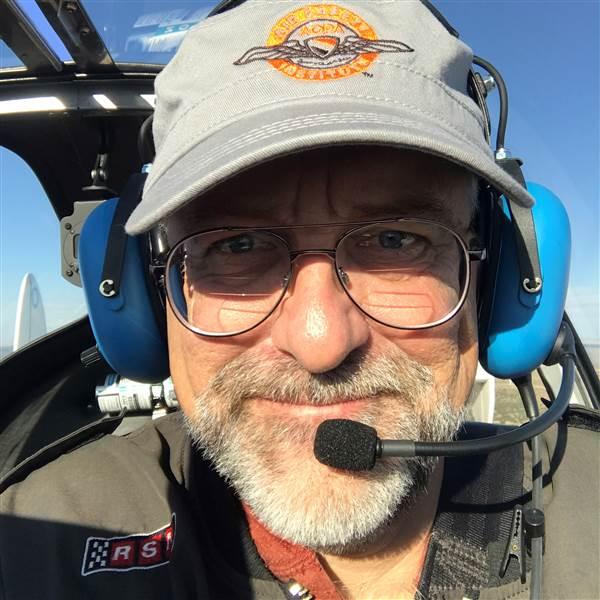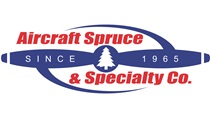Training and Safety Tip: Squelch distant chatter
It was a beautiful Saturday morning, the first in a while, and the skies over the Northeast were crowded.
A torrent of radio calls filled my headset, along with the high-pitched squeals of simultaneous transmissions. Maybe it was just the atmospheric conditions that day, or maybe it was because radios are more powerful than they used to be, but I was hearing calls from airports both near and far that shared the same common traffic advisory frequency (CTAF).
It was maddening.
I fiddled with my squelch in an attempt to filter out the more distant transmissions. Under normal conditions, the more clockwise you turn the squelch knob, the less sensitive your radio becomes, filtering out distant, weaker transmissions. In fact, I turned it all the way up, which I never do. On this day, it didn’t help.
My fingers danced on the volume control on my headset, trying to find a balance between hearing what I needed to hear—traffic in the pattern—and the louder squeals of simultaneous transmissions and bursts of static. It was distracting, but this is why part of pilot training is learning to deal with distractions.
Once on the ground, with my headset (gratefully) off, the experience left me thinking about what advice I would give to a student pilot experiencing this kind of thing for the first time. What tips would I give for dealing with clogged radio frequencies? First, remember to just fly the airplane. Do not let the cacophony distract you from your main job. At times, this may mean mentally tuning out (not turning off) the radio and focusing on your procedures and situational awareness. Second, adjusting the squelch normally helps a lot. Third, choose a middle-low volume: high enough to hear nearby airplanes, but low enough to tone down the squeals and static.
And, lastly, if none of that works, and if your frequency is especially busy—even if your airport is not—consider switching to another nontowered airport that uses a different frequency for your practice, or even a nearby less-busy towered field.




